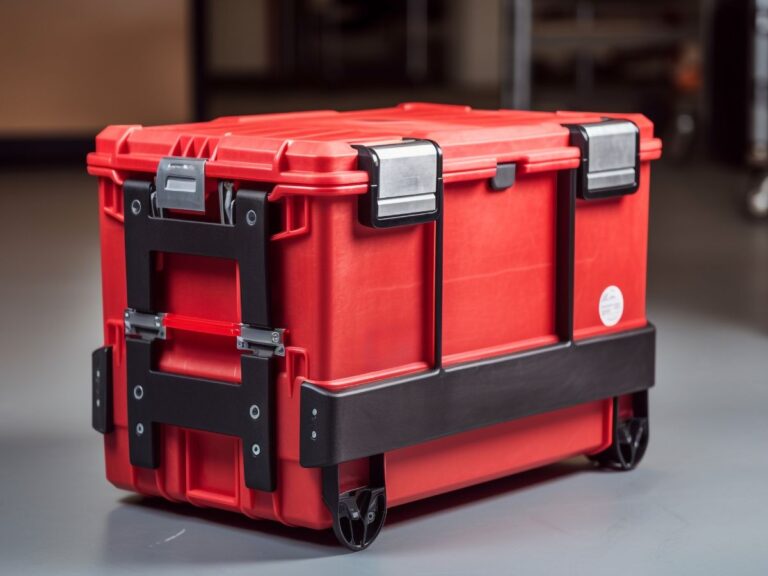Choosing the right type of respirator is vital to the level of protection that you get. The right respirator mask will protect your lungs, respiratory system, and general health. You will get an ideal barrier against harmful substances including.
- Paint fumes
- Allergens (dirt, pollen, and pet hair)
- Dust
- Bad odor
- Pesticides
- Oil leaks
- Volatile cleaning products
As such, it is very important that when gardening, cleaning your home or working on a construction site, you have a mask on. So how do you choose the right type of respirator mask?
What You Must Know
Before you choose the right types of masks or respirators, it is important to understand that respirators come in different types. Respirator masks that are approved will have a different rating system and, therefore, different efficiency levels too. This categorization will give us the following types:
- Disposable Masks
- Reusable Dust Masks
While disposable dust masks are meant to serve their purpose before they are disposed, reusable masks come with replaceable filters. Nonetheless, both respirator masks will cover your mouth and nose against any airborne particulates such as.
- Liquids
- Mist
- Dust
- SOME fumes
However, these types of masks will never protect you against gases or vapors. For this type of protection, you’ll require another type of mask that we will look at.
Particulate Mask Rating
In order to choose between the right type of particulate filter (disposable and reusable dust masks), you must know what to look at. The rating by the National Institute of Occupational Safety and Health (NIOSH) will be of great help.
NIOSH rates the dust respirators according to how much they are able to filter out and also on what they can filter out. Their rating is denoted with letter and number.
The letter determines what the respirator filters while the number shows to what degree the mask filters the particles.
Here is how the NIOSH rating works.
- N: Not oil-proof
- R: Oil resistant (for up to 8 hours)
- P: Oil-proof (works beyond 8 hours)
NOTE: Number rating like I mentioned denotes the percentage of the one-micrometer particles that were removed on clinical trials. As such, they will stand for efficiency in percentages. The ratings fall between 95, 97, and 100. Filters that are rated 100 have the highest efficiency and will remove 100% any particles.
How To Choose the Right Respirator Filter
With the knowledge above, you should be in the right place to choose a particulate filter that suits you. Even so, there are many other things that you can also look at for quick help. They include the following:
Choose at least an N95 rated disposable dust masks. This means you’ll filter up to 95% of airborne particles. As such, you are guaranteed protection against it.
- Woodshop dust
- Allergens
- Airborne diseases
- Water-based paints
An N95 filter is however not oil-based. For protection against an oil-based particle, a higher rating will be ideal. You can use a high-efficiency filter with a rating of P100 for both oil and non-oil based protection.
Other Considerations
Apart from the particulate mask rating, there are other factors that you can also go with. They include:
- Tight-fit masks look for masks with an adjustable nosepiece
- Comfortable masks with no irritation – Masks with the foam face seals
- Easy-to-use masks – Masks that offers easy breathing (masks with exhalation valves)
- Affordable mask – Masks with a pocket-friendly price tag
- Forms of particulates – What types of substances you’ll need protection from.
NOTE: If you are looking for a mask for any highly toxic particle including asbestos and oil-based paints focus more on a non-disposable face mask that has a sealing gasket.
Video Credit – U.S. Agricultural Safety and Health Centers
Additional Information: Gas Respirators
Apart from particulate masks (disposable and reusable masks), we have other face masks that’ll protect you from gas and vapors. These types of masks are called chemical cartridges or simply gas respirators.
They are ideal if you are working under smoky factories, volatile gases, and any other vapor based substances.
Gas Respirator Tips
Unlike the particulate masks that we saw, these ones use carbon filters. These types of filters will absorb both gases and vapors easily.
To provide the perfect protection, these carbon-based cartridges are tightly sealed around the mask edges. This type of sealing helps to provide a tight seal against unfiltered air.
Cartridge respirators can come in full-face masks or half masks. Half masks will protect only your mouth and nose. This makes the full face mask the best option for chemicals that irritate your skin.
Types of Cartridges
Depending on the type of cartridge used, a respirator will be able to provide the right type of protection. Here are the types of cartridges that respirators can have.
Chemical Cartridge
This one is effective against vapors. However, they don’t have a separate pre-filter that removes particles.
Dual Cartridge
This one has a replaceable pre-filter. This pre-filter is effective against particulates. You will, therefore, have protection against vapors and particles. Make sure the particulate pre-filter is rated.
Powered Air-Purifying Respirator
Powered Air-Purifying Respirator also known as PAPR use some form of a fan. The fan is battery-powered and helps you to breathe easily.
Choosing the Right Gas Respirator
To get the right type of gas respirator for your use, there are certain considerations that you must make.
First, determine the types of toxins that you often come into contact with. Look for the right coding that suits your needs. Often, you’ll find these types of coding.
- Organic vapors
- Mercury
- Ammonia
- Acids
Next, if you are working on a project that doesn’t have a specific type of substance you can always go with a multi-purpose gas respirator. This type of gas respirator will contain a dual-cartridge technology and a P100 rated filter for particulates.
Using a Gas Respirator Safely
The safe use of respirators is very important. It will help you to maintain the efficiency of the gas respirator. Here some safety tips that you can keep to when using gas respirators.
- Change your respirators when it clogs up with dirt
- Dispose-off your respirator in case it is broken or torn
- Keep the filters dry to maximize their efficiency
- If you notice changes in smell change the filter
- Follow the manufacturer’s instructions always
- In case of a disposable gas respirator – do not re-use
- Also, change your filter in case you notice irritations on lungs and throat
Conclusion
When it comes to choosing a dust mask, it is the NIOSH rating system that determines the mask that’s best for your needs. However, for a gas respirator face mask, going with a combination of the right dust mask filter and the carbon-based cartridge will be ideal.
Make sure that before choosing any mask, you understand the type of environment that you will be working on. It is the environment that determines the types of toxins that you’ll be facing and which you require protection from.




